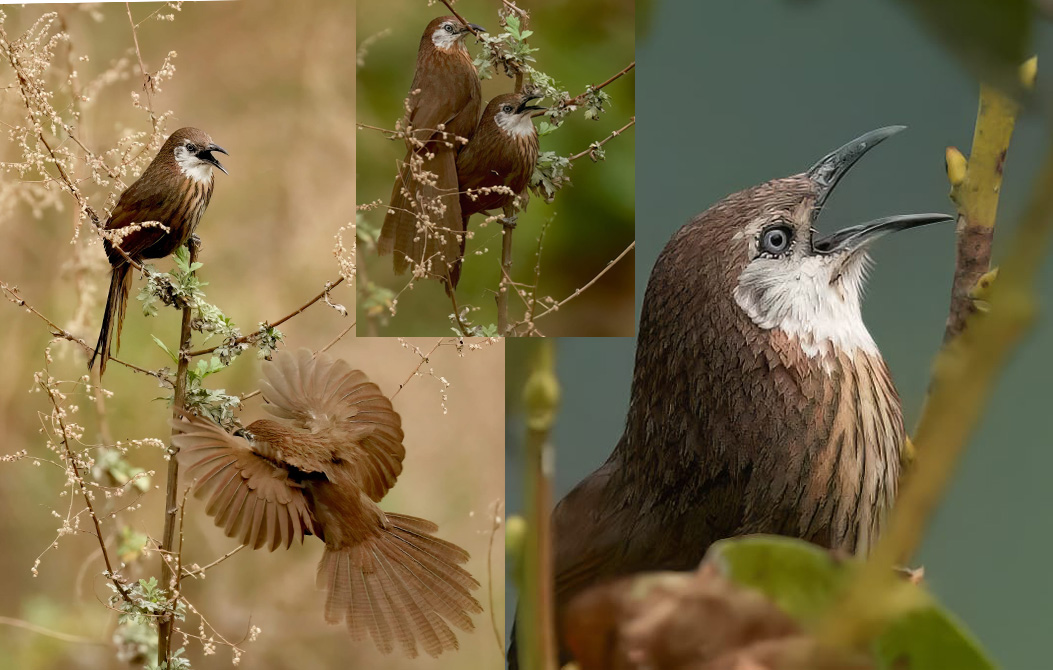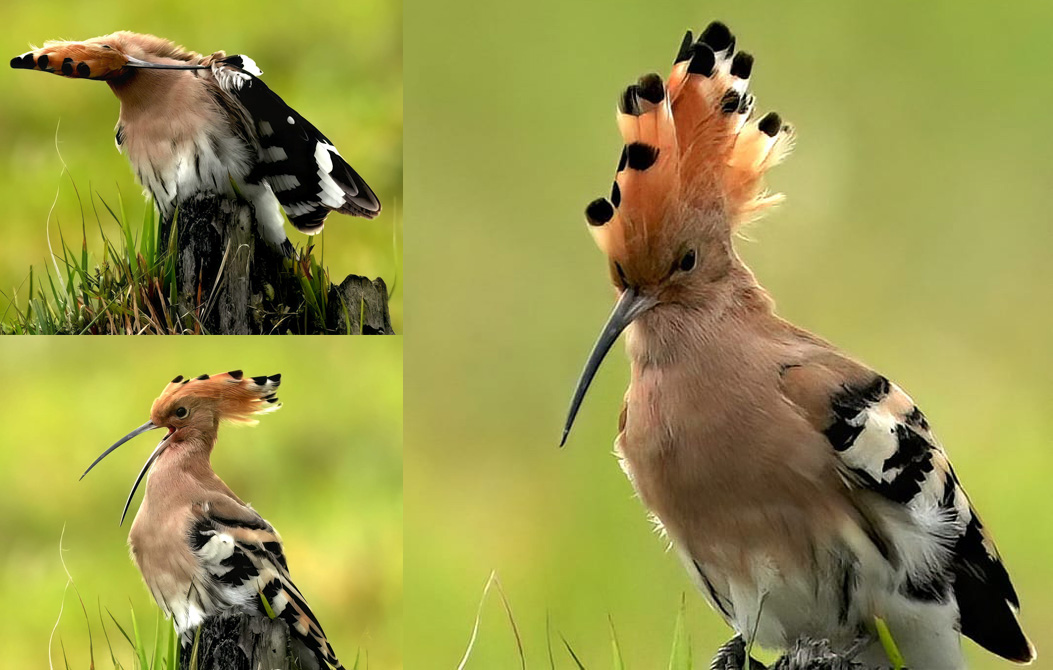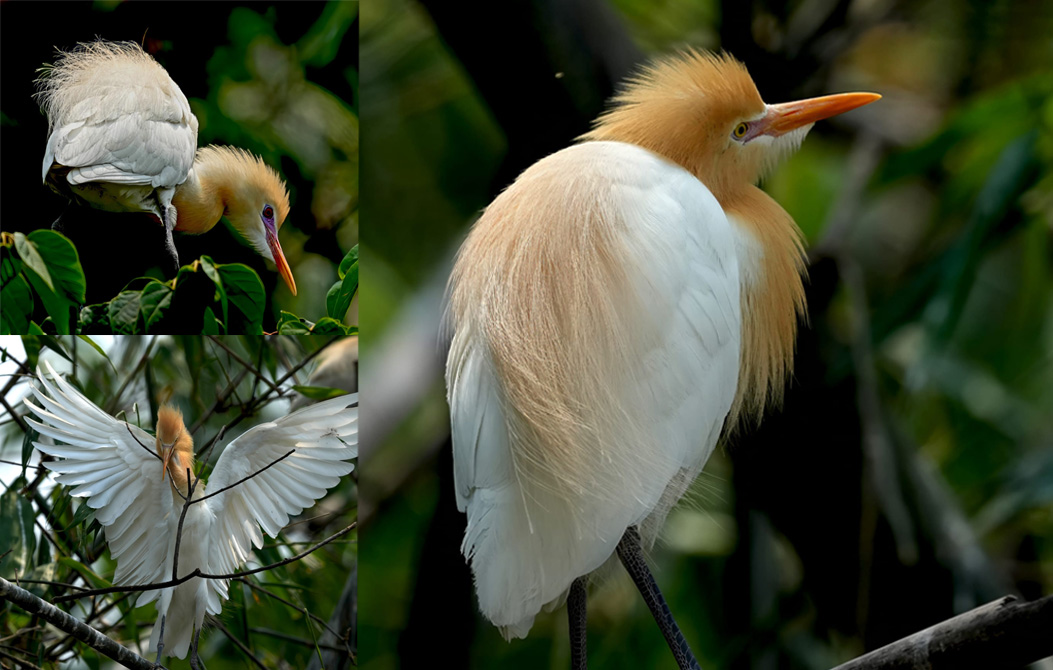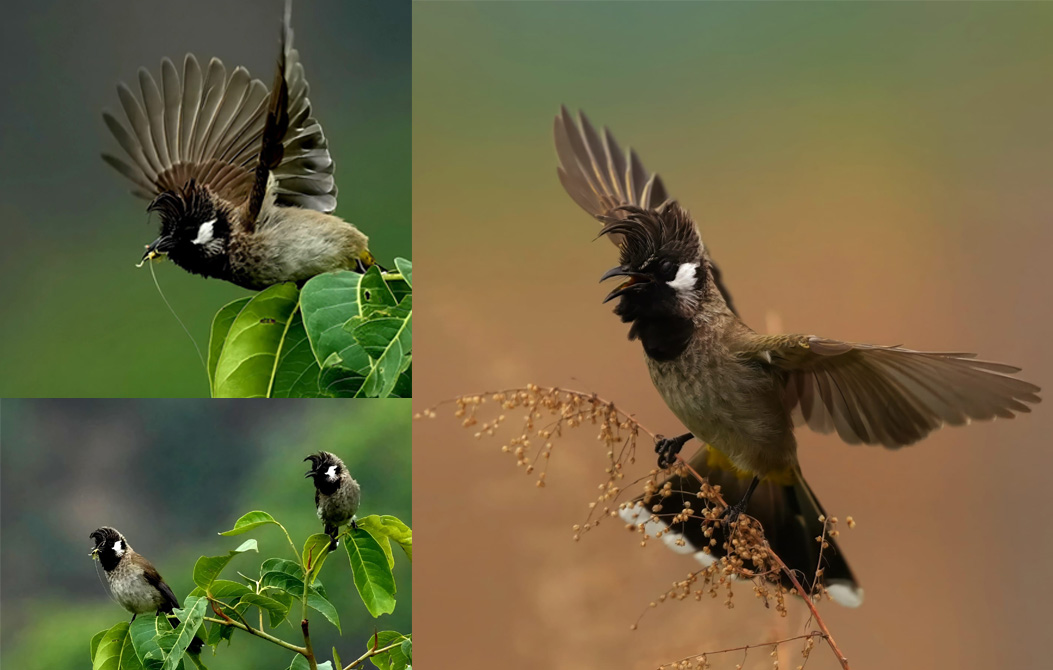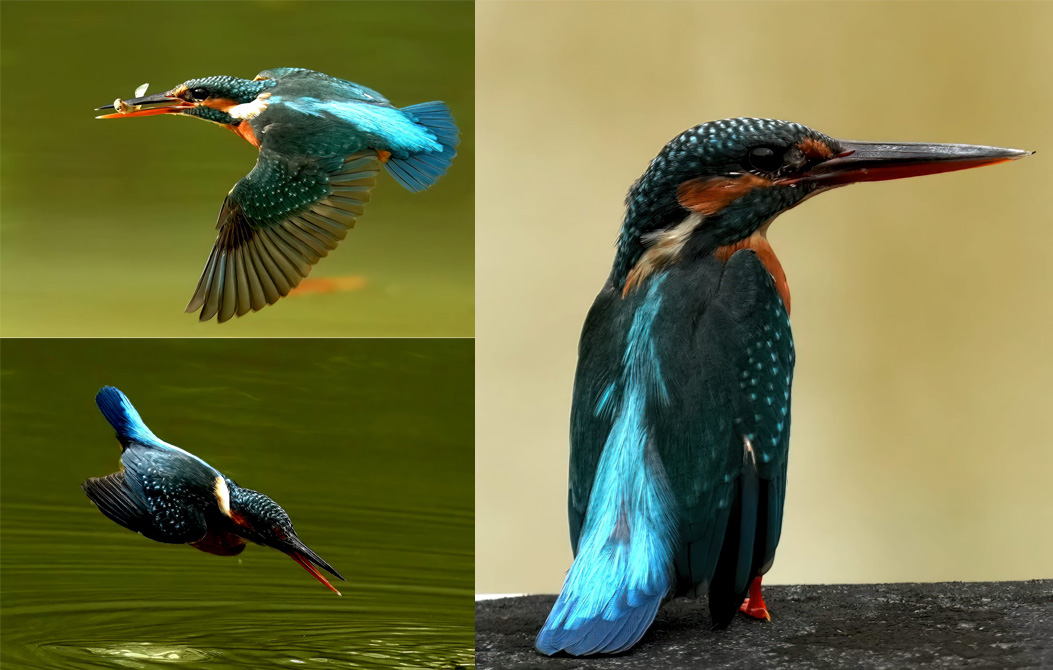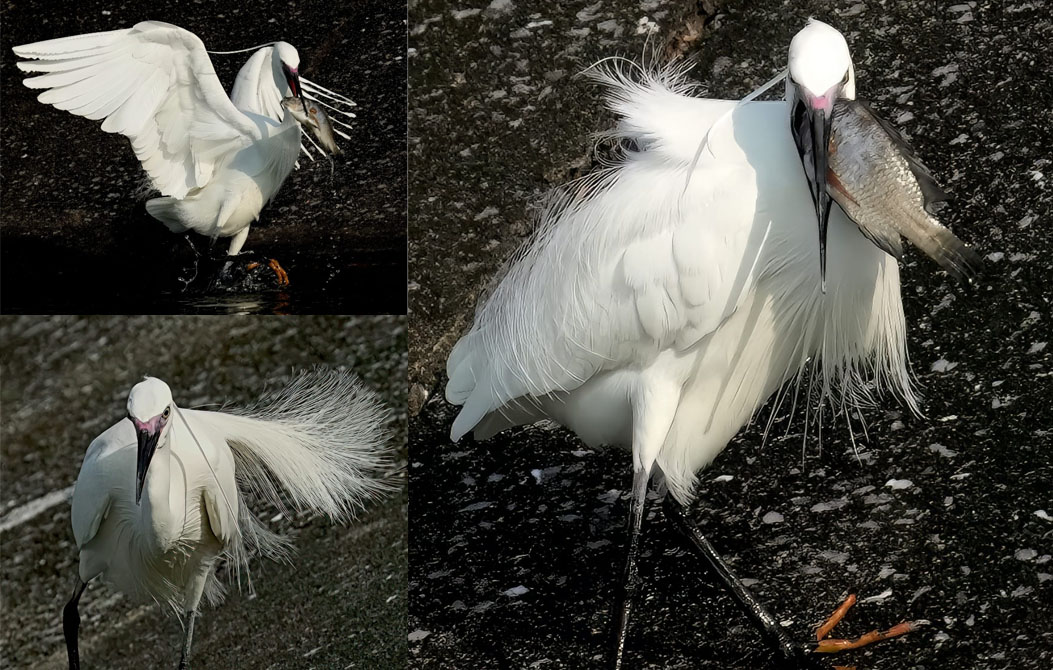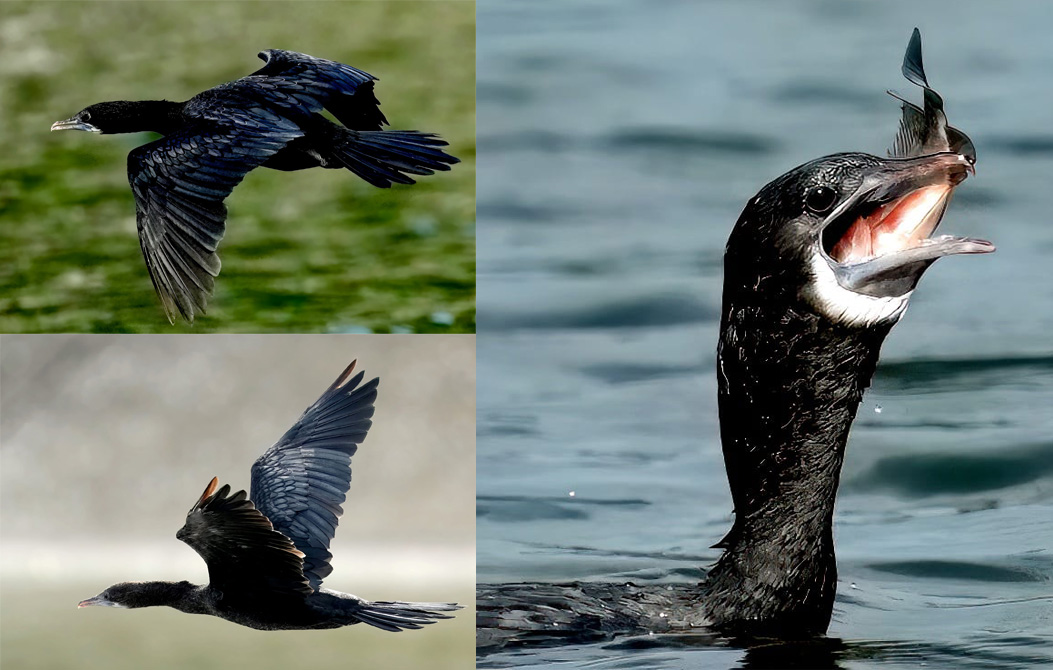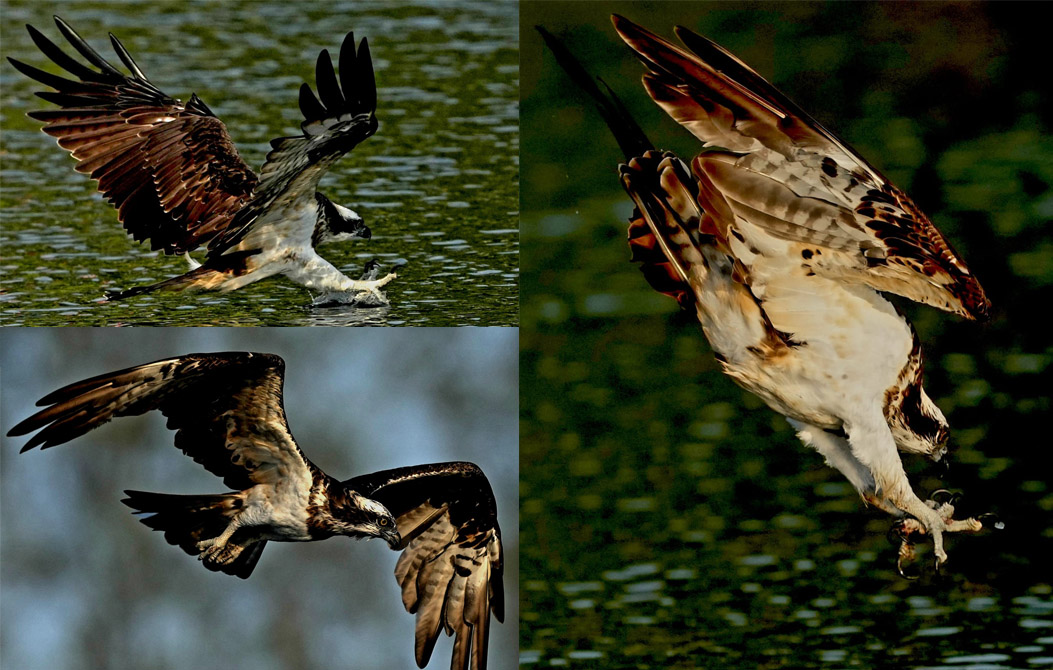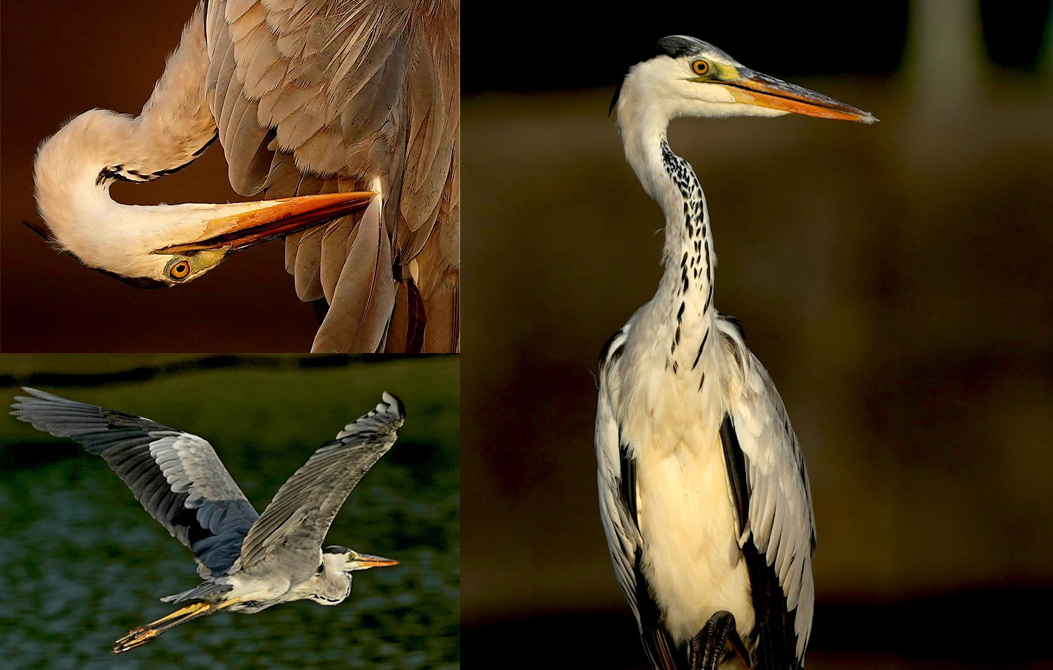- info@bestnepaltrek.com
- +977 - 9818852722

Bird Photography Tour in Nepal-Capturing Nature’s Splendor
Capturing Nature’s Splendor: A Bird Photography Tour in Nepal.
Embark on a thrilling bird photography tour in Nepal and capture stunning images of different bird species in their natural habitat. Join the Best Nepal Trek for better guidance from experienced birding experts, and explore the diverse landscapes of Nepal. We invite you to discover rare bird species like the Himalayan Monal, Satyr Tragopan, and more, but here are some different species photos of bird photography tours in Nepal. Immerse yourself in the beauty of Nepal’s rich avian biodiversity and take home unforgettable memories of your adventure.
Nepal, a land of enchanting landscapes, rugged mountains, and rich cultural heritage, has always been a magnet for adventure seekers and nature enthusiasts. But beyond the majestic Himalayas and ancient temples lies another treasure waiting to be discovered: the breathtaking avian diversity of Nepal. Birdwatchers and photographers from around the world flock to this country to capture the vibrant beauty of its feathered inhabitants. Join us on a virtual journey through Nepal’s bird photography tour and explore the world of winged wonders that call this place home.
The Diversity of Nepal’s Avian World
Nepal’s unique geographical location, nestled between the Indian subcontinent and the Tibetan Plateau, results in an incredible diversity of bird species. With over 900 species recorded, including resident and migratory birds, Nepal offers a kaleidoscope of colours, shapes, and sounds for photographers to capture. The country’s varied ecosystems, from lowland jungles to high-altitude mountain ranges, provide a habitat for a wide range of avian life.
Best Time to Visit
The best time for a bird photography tour in Nepal depends on your specific interests. However, the peak birding seasons are spring (March to May) and autumn (September to November). During these periods, the weather is pleasant, and migratory birds, including several raptor species, make their way through Nepal.
Top Birding Destinations
1. Chitwan National Park: Located in the subtropical lowlands of southern Nepal, Chitwan National Park is a UNESCO World Heritage Site and one of the best places for bird photography. You can capture images of colourful kingfishers, majestic raptors like the crested serpent eagle, and the rare Bengal florican.
2. Koshi Tappu Wildlife Reserve: Situated in eastern Nepal, this reserve is a haven for waterfowl and waders. You can photograph migratory species such as the Indian skimmer, the Sarus crane, and numerous ducks in their natural habitat.
3. Annapurna Conservation Area: For those interested in high-altitude bird photography, the Annapurna region offers a chance to capture birds like the Himalayan monal, blood pheasant, and various species of eagles and vultures amidst stunning mountain vistas.
4. Phulchoki Hill: Located just outside Kathmandu, Phulchoki Hill is known for its rich birdlife. Here, you can photograph species like the Eurasian jay, red-billed blue magpie, and various warblers and flycatchers.
Bird Photography Tips
1. Be Patient: Bird photography often requires hours of waiting for the perfect shot. Carry a comfortable chair or mat, and be prepared to blend into your surroundings.
2. Use Appropriate Gear: A telephoto lens (300mm or longer) is essential for capturing birds from a distance. A tripod or monopod will help you stabilize your shots.
3. Know Your Subject: Study the behaviour and habits of the birds you want to photograph. This will increase your chances of capturing them in their most intriguing moments.
4. Respect Nature: Maintain a respectful distance from the birds, avoid disturbing them, and never leave any litter behind.
Local Guides and Tours
Enlisting the help of local birding guides is highly recommended for a successful bird photography tour in Nepal. Their expertise and knowledge of the area can lead you to the best birding spots and ensure you don’t miss out on any elusive species.
The spiny babbler (Turdoides nipalensis ; Nepali: काँडे भ्याकुर).
The spiny babbler is found only in the cooler middle hills around the Kathmandu Valley of Nepal and not in other places on this planet. Hence, the bird is considered a glory of Nepal. Adapted for life in bushes, the bird is very shy and elusive. As such, I was very lucky to encounter and photograph the bird.
The Eurasian hoopoe (Upupa epops, फाप्रे चरा)
Eurasian hoopoe or common hoopoe in Nepal. The bird forages primarily on the ground looking for insects and worms by using its strengthened bill to probe inside the soil. As a result, due to their unique shape and crest, the hoopoes are distinctive birds and have had a cultural impact on human beliefs that they were considered sacred, not to be eaten and a symbol of virtue.
The cattle egret (Bubulcus ibis, वस्तु बकुल्ला).
Cattle egrets breed golden plumes on their heads, chests and backs. Especially, since they are wholly white during non-breeding. The egrets built their nests on a clump of big bamboo located next to a public transport terminal in Pokhara City, Nepal. Sticks are collected by males and arranged by females to build the nests. This species of egret maintains a special relationship with cattle by eating ticks and flies from cattle bodies. Moreover, they also feed on insects that fly out of the grasses when the cattle move along.
The Himalayan bulbul (Pycnonotus leucogenys, तार्के जुरेली).
This pair of Himalayan bulbuls in Nepal were busy catching insects to feed their chicks in a nest hidden among thick branches at a steep downslope. The Himalayan Bulbul is a species of bird found in the Himalayan region. It has a distinctive crest on its head and is known for its melodious song.
The Himalayan Bulbul is often found in forested areas and can be seen perched on trees or flying through the canopy. Its diet consists of insects, fruits, and seeds. Despite being a common bird in its range, habitat loss and fragmentation are threats to its population. Conservation efforts are needed to ensure the survival of this beautiful species.
The common kingfisher (Alcedo atthis, सानो माटीकोरे).
Especially, Ponds and river banks are frequent habitats for the common kingfisher. It has bright blue feathers and a large red bill. This bird feeds mainly on small fish, which it catches by diving into the water. It is a popular bird, often seen by people near water. This sparrow-sized colourful bird feeds mainly on fish, caught by diving, and has special visual adaptations to enable it to see prey underwater. Occasionally, the bird would hover above the water’s surface to scan for the fish around the water’s surface. The flight from perching on the branch to diving into the water is fast and direct so it is not possible to see the sequence clearly with human eyes and equally difficult to capture the actions sharply on camera.
The little egret (Egretta garzetta, सानो सेतोबकुल्ला).
Little egrets picking up fish and displaying fine white feathers in southern Nepal. This bird was once hunted extensively in the 19th century to provide plumes for the decoration of hats and almost became extinct in some countries. It lives near water and its primary diet consists of fishes and small creatures. Due to the white feather that reflects light, it posed a challenge to capture the white feather’s details in photos without glare from overexposure.
The little cormorant (Microcarbo niger, सानो जलेवा).
Little cormorants, permanent residents, living around the treated wastewater storage pond in southern Nepal. As there are plenty of fish in the pond, the cormorants in communal groups spent their time all year round there. The blackish colour of the bird’s feather adsorbed light that posed a challenge in photographing them for fine details and contrast. The surrounding reflective surfaces made it even more difficult to highlight the cormorant’s dark beauty.
The osprey (Pandion haliaetus, मलाहा चील).
These photographs show the various flying and diving patterns of the Ospreys in hunting mode. Each year before winter, the Ospreys fly over long distances of land and sea from eastern Russia to Krabi and stay for 4 months from mid-December to mid-April to escape the bitterly cold winter in their homeland. Towards the end of March, they will feed themselves well to stock up sufficient food reserves in their bodies for the long flight back to Russia to breed and raise the young. Ospreys are monogamous and mate for life.
The grey heron (Ardea cinerea, फुस्रो बकुल्ला).
The grey heron is a large bird always sighting near water sources such as rivers, lakes, and ponds. It has a long neck and legs and a sharp beak that it uses to catch fish and other small prey. As the bird waits for its next meal, it appears to stand still for long periods. To capture the photographic effects of the bird’s posture, colour, and fine feather details, the photographer used changing hues from the rising sun and continuously tuned their camera system settings accordingly.
Conclusion
Nepal’s bird photography tour offers a thrilling adventure for both novice and seasoned photographers. From the lush jungles of Chitwan to the rugged terrains of the Annapurna region, every corner of this picturesque country teems with avian treasures waiting to be captured through your lens. Whether you’re a passionate birdwatcher or a photography enthusiast, Nepal’s rich avifauna will leave you awe-inspired and eager for more. So, pack your camera gear and embark on a journey to capture the beauty of Nepal’s feathered inhabitants – a journey that promises not just stunning photographs but also a deep connection with the natural world.

